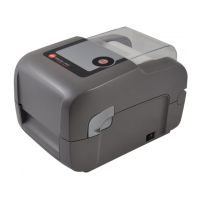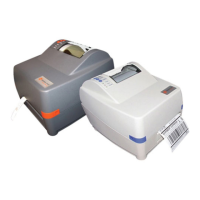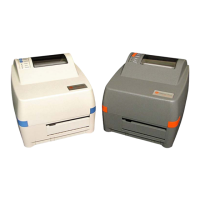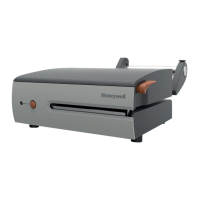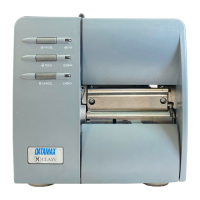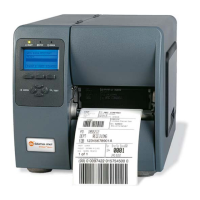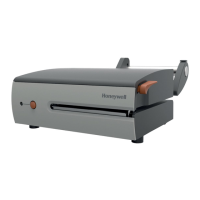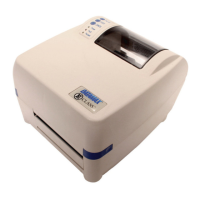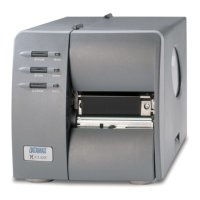Generating Label Formats
152 Class Series 2 Programmer’s Manual
gggg: Column Position
This field is a horizontal
coordinate that determines how far to the right of “home
position” the data will be printed. Appendix G lists the maximum values of the gggg
field.
hhhh: Optional Scalable Font Height
The height of a scalable font can be specified in two ways: points or dots. To specify
the height in points the first character of the field is a “P” followed by the number of
points, 004 to 999. To specify the size in dots, all four characters must be numeric.
This field must be specified for scalable fonts. (See note below Optional Scalable Font
Width.)
iiii: Optional Scalable Font Width
The width of a scalable font can be specified in two ways, points or dots. To specify
the width in points, the first character of the field is a “P” followed by the number of
points, 004 to 999 points. To specify the size in dots, all four characters must be
numeric. This field must be specified for scalable fonts. See note below.
To ensure that the data stream is portable to other Datamax-O’Neil printers, specify
the font size in points. If the font is specified in dots, it will output differently on
printers with different DPI/MMPI resolutions. There are 72.307 points per 1 inch
(2.847 mm).
jj…j: Data Field
The final field contains the data that will actually be printed on the label. A string of
data can be up to 255 characters in length (except
when using the PDF417 bar code,
which may be up to 3000 characters long), ending with a carriage return. Characters
placed in the data field will be printed as long as they fall within the physical range of
the print head. Consult Appendix K for a listing by printer.
Record Structure Types
Each of the six record types has its own field structure and is described in the following
section. The record types allow quick reference to the field types and their valid data
inputs for the field. There are similar, but unique, record structures for each: internal,
bitmapped fonts, internal smooth fonts, downloaded bitmapped fonts, scalable fonts, bar
codes, images, and graphics. The field location identifiers in the tables that follow are
the same as those in Table 8-3.
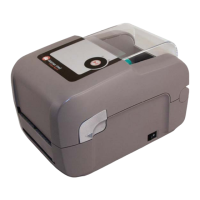
